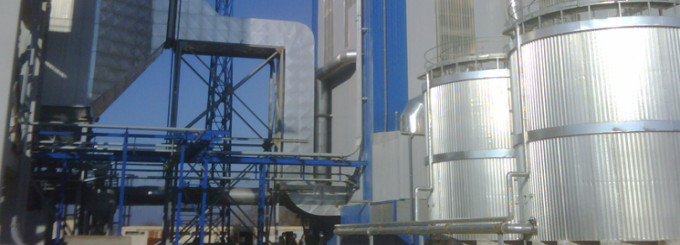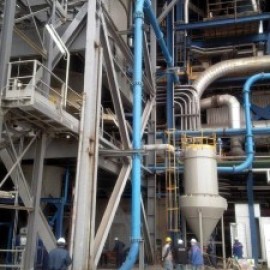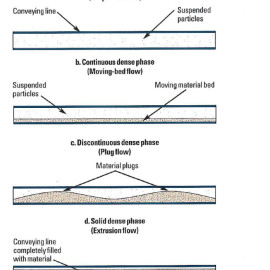Crushed Limestone Conveying Systems, Poland
System loaded on transport vehicle The Mactenn (a sister company of Macawber Engineering Inc. in the U.S.) Macpump T150, a single system, but with two vessels. As one is conveying, the other is filling and preparing to convey. The pneumatic conveying distance is 900.68 m horizontal and 19.81 m vertical conveying over 100t/h of crushed limestone. The convey line starts at 304.8 mm and finishes at 355.6 mm. This was a challenging application d... read more






